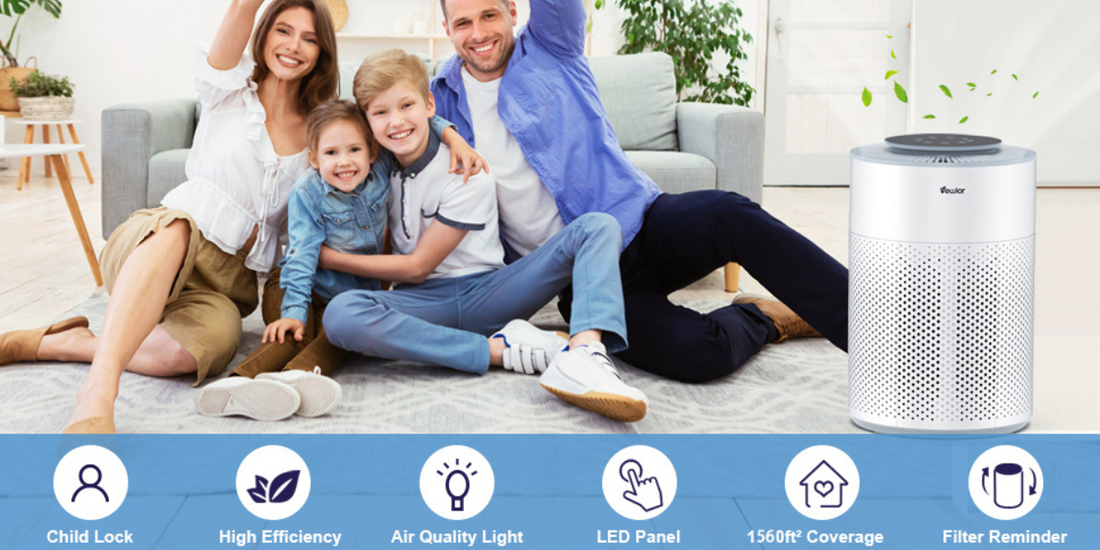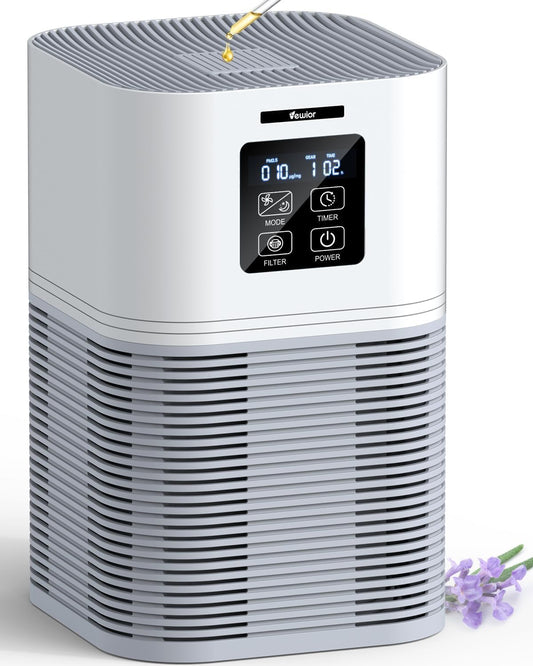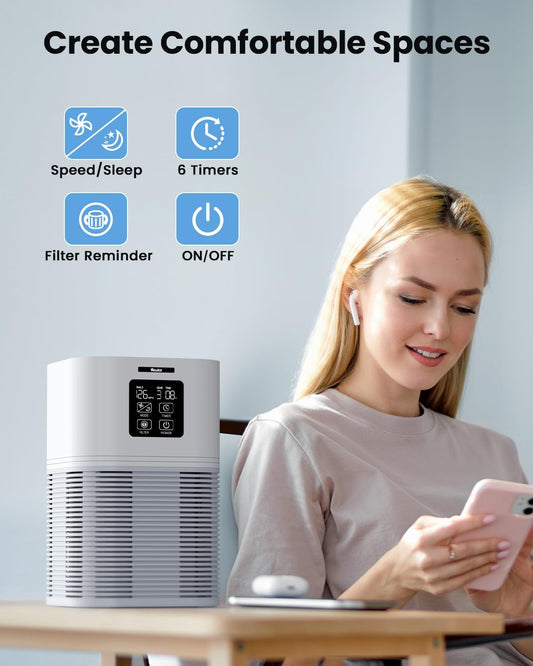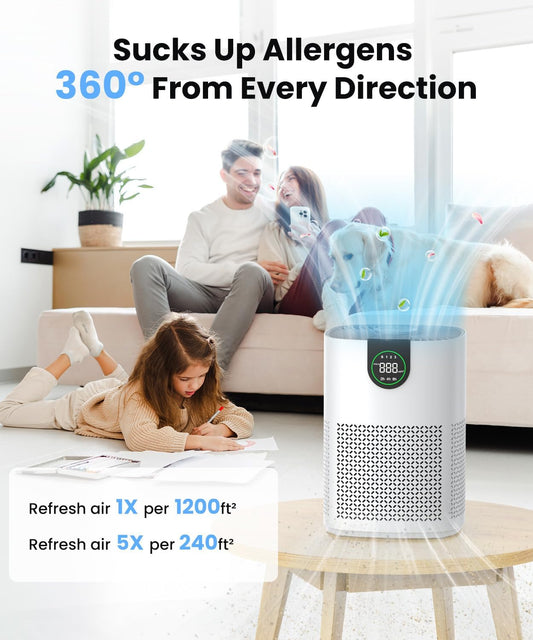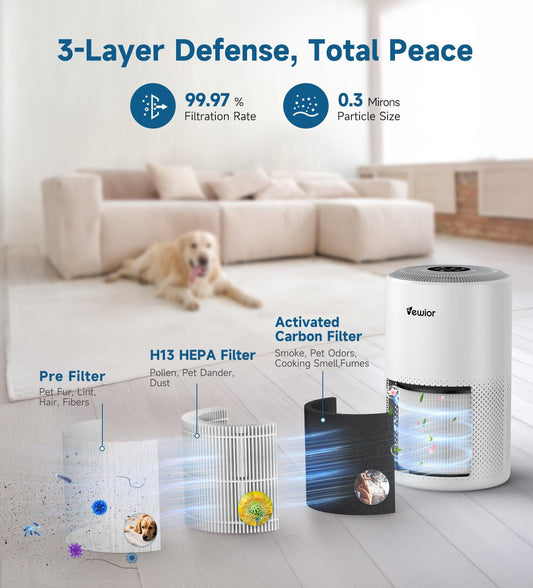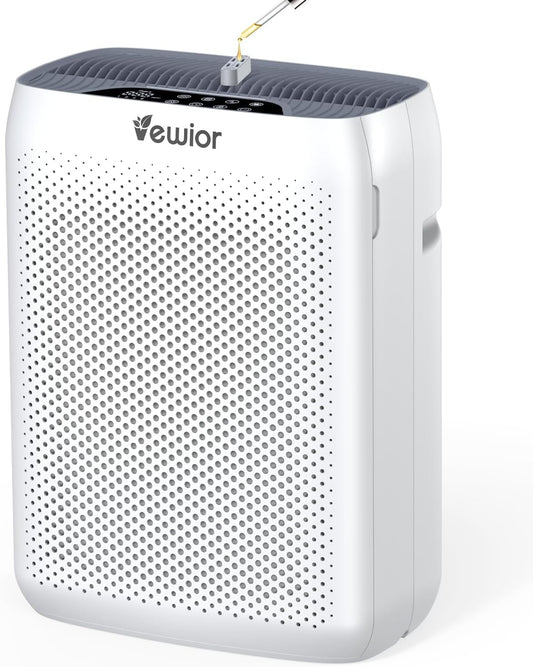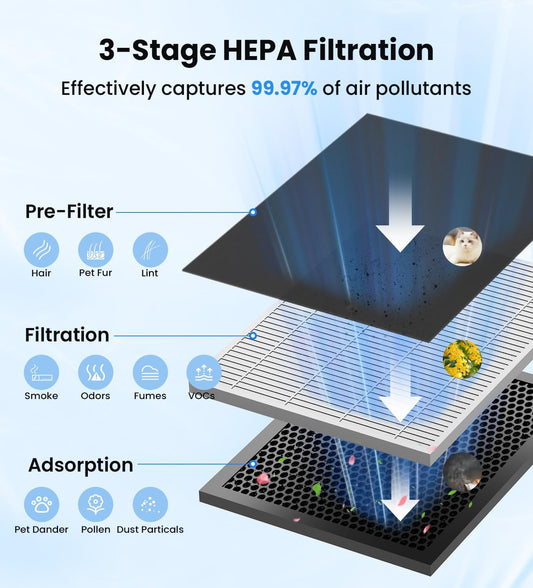As parents and caregivers, ensuring the safety and well-being of infants and children is of paramount importance. With concerns about indoor air quality and the potential impact on children's health, many wonder: Are air purifiers safe for infants and children? In this article, we will address this question and provide valuable insights into the safety considerations of using air purifiers in environments where infants and children are present.
Understanding Air Purifiers
Air purifiers are devices designed to improve indoor air quality by capturing and filtering airborne pollutants. They employ various technologies and filtration mechanisms to remove particles, allergens, and odors from the air, creating a cleaner and healthier environment.
Potential Benefits for Infants and Children
Air purifiers can offer several potential benefits for infants and children:
- Reduction of Allergens: Infants and children, especially those with allergies or respiratory conditions, can benefit from reduced exposure to common allergens such as pollen, dust mites, pet dander, and mold spores. Air purifiers equipped with HEPA filters can effectively capture and trap these allergens, potentially alleviating allergy symptoms.
- Removal of Airborne Particles: Air purifiers can help remove small particles from the air, including dust, dirt, and pollutants. This can contribute to a cleaner indoor environment, reducing the risk of respiratory irritations and improving overall air quality.
- Odor Control: Air purifiers with activated carbon filters can help eliminate odors from cooking, pets, or other sources. This can be particularly beneficial in maintaining a fresh and pleasant-smelling space for infants and children.
Safety Considerations
While air purifiers can provide benefits, certain safety considerations should be taken into account when using them in environments with infants and children:
- Selecting Child-Friendly Air Purifiers: When choosing an air purifier, consider models specifically designed for use around infants and children. Look for features such as child-lock options, tamper-resistant controls, and safety certifications to ensure the product meets appropriate safety standards.
- Placement and Accessibility: Position the air purifier in an area that is out of reach of infants and young children to prevent them from tampering with the device. Place the air purifier on elevated surfaces or use wall-mountable models to ensure it remains secure and inaccessible.
- Proper Maintenance: Follow the manufacturer's instructions for filter replacement and general maintenance. Regularly changing filters and cleaning the air purifier will ensure optimal performance and prevent the buildup of allergens or particles within the device.
- Noise Level: Consider the noise level of the air purifier, especially during sleep time. Look for models that offer low-noise or whisper-quiet operation, ensuring a peaceful sleeping environment for infants and children.
Consulting with Healthcare Professionals
If you have concerns about using an air purifier around infants or children, it is advisable to consult with healthcare professionals, such as pediatricians or allergists. They can provide guidance based on individual circumstances, including any specific health conditions or sensitivities the child may have.
Conclusion
Air purifiers can be safe and beneficial for infants and children when used properly and with appropriate safety considerations in mind. With the right precautions and a suitable air purifier, you can create a safe and comfortable environment, promoting the well-being of infants and children in your care.

